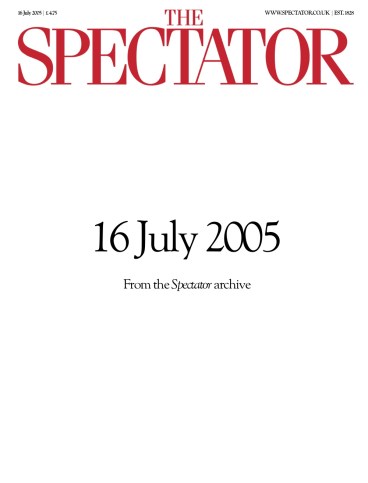Slaughter of a masterpiece
I read an interview last week with David McVicar, director of Glyndebourne’s new production of Handel’s Giulio Cesare, in which he stated that he is ‘very intense’. For the span of this production, he seems to have been seized by a ‘very intense’ fit of the giggles, which has led him to a quite hateful

